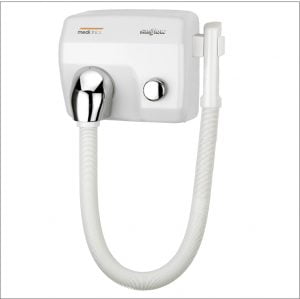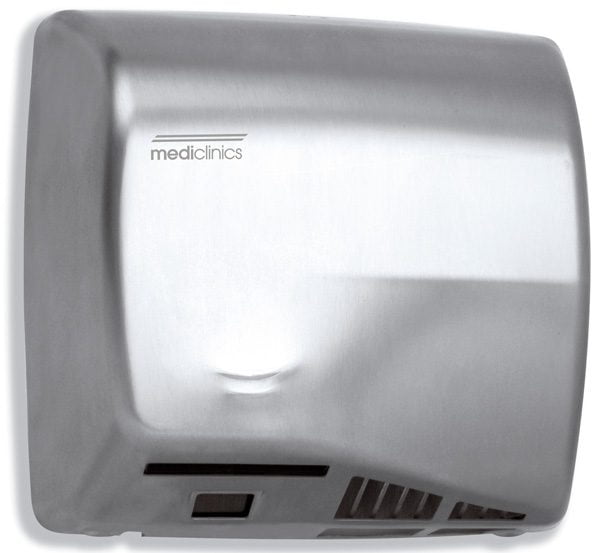Hand Washing Procedures & Steps for Nurses
The Significance of Hand Washing for Nurses & How to Do It Properly
Amongst all occupations, those in healthcare settings are the ones where effective hand hygiene is most important. People working in the healthcare industry have a particular responsibility to minimise the spread of infections and viruses. They’re at the frontlines so to speak, facing these harmful elements day after day and most likely coming into contact with them with their hands. This is why it is immensely important that they practice good hand hygiene.

The purpose of handwashing in nursing environments
Infections and illnesses can be transmitted rapidly through poor hand hygiene, and nurses are particularly susceptible because of their exposure to sick patients. Not only can they themselves be susceptible to illness, they could also be transmitters when they touch affected patients or objects and then happen to pass on infections and viruses to other patients, visitors or other staff members. This is why the management and minimisation of health care-associated infections is incredibly important. It is also vital to minimise the risk of dreaded antibacterial resistance and ‘super bugs’ that defy treatment.
Are there different types of handwashing in nursing?
There are two effective hand hygiene techniques within healthcare settings. Nurses can use a hand rub with hand sanitiser if their hands appear clean, and must carry out a hand wash using soap and water when hands are visibly soiled. Hand Hygiene Australia recommends thorough hand washing procedures at five critical moments of the patient care experience. These are:
- Before touching a patient
- Before a procedure
- After touching a patient
- After a procedure or a body fluid exposure risk and
- After touching a patient’s surroundings.
The proper hand washing procedure for nurses
In case you need a refresher, here are the correct handwashing steps for medical staff via Hand Hygiene Australia:
Handwashing using water and soap should take around 40-60 seconds.
- Once your hands are wet, apply soap to cover all of your hands’ surfaces.
- Rub hands palm to palm.
- Rub your right palm up and down the back of the other with interlaced fingers, and vice versa.
- Rub palm to palm with your fingers interlaced.
- Rub the backs of your fingers to opposing palms with fingers bent and interlocked.
- Rub your left thumb clasped in your right palm, and vice versa.
- Rub your clasped fingers in a backwards, forwards and rotational direction in the other hand.
- Rinse hands thoroughly with water.
- Dry hands thoroughly with a single use towel.
- Use the towel to turn off the faucet.
- Once dry, your hands are clean.
A hand rub using hand sanitiser should take around 20-30 seconds.
- Apply a palmful of hand sanitiser and cover all surfaces of your hands.
- Rub hands palm to palm.
- Rub your right palm up and down the back of the other with interlaced fingers, and vice versa.
- Rub palm to palm with your fingers interlaced.
- Rub the backs of your fingers to opposing palms with fingers bent and interlocked.
- Rub your left thumb clasped in your right palm and vice versa.
- Rub your clasped fingers in a backwards, forwards and rotational direction in the other hand.
- Once dry, your hands are clean.
Hand soap dispensers, hand sanitiser dispensers, hand dryers and paper towel dispensers placed at strategic points throughout the medical facility are invaluable in reducing illness and infection being spread between patients, visitors and staff. Contact us today to find the right products for your healthcare facility.





